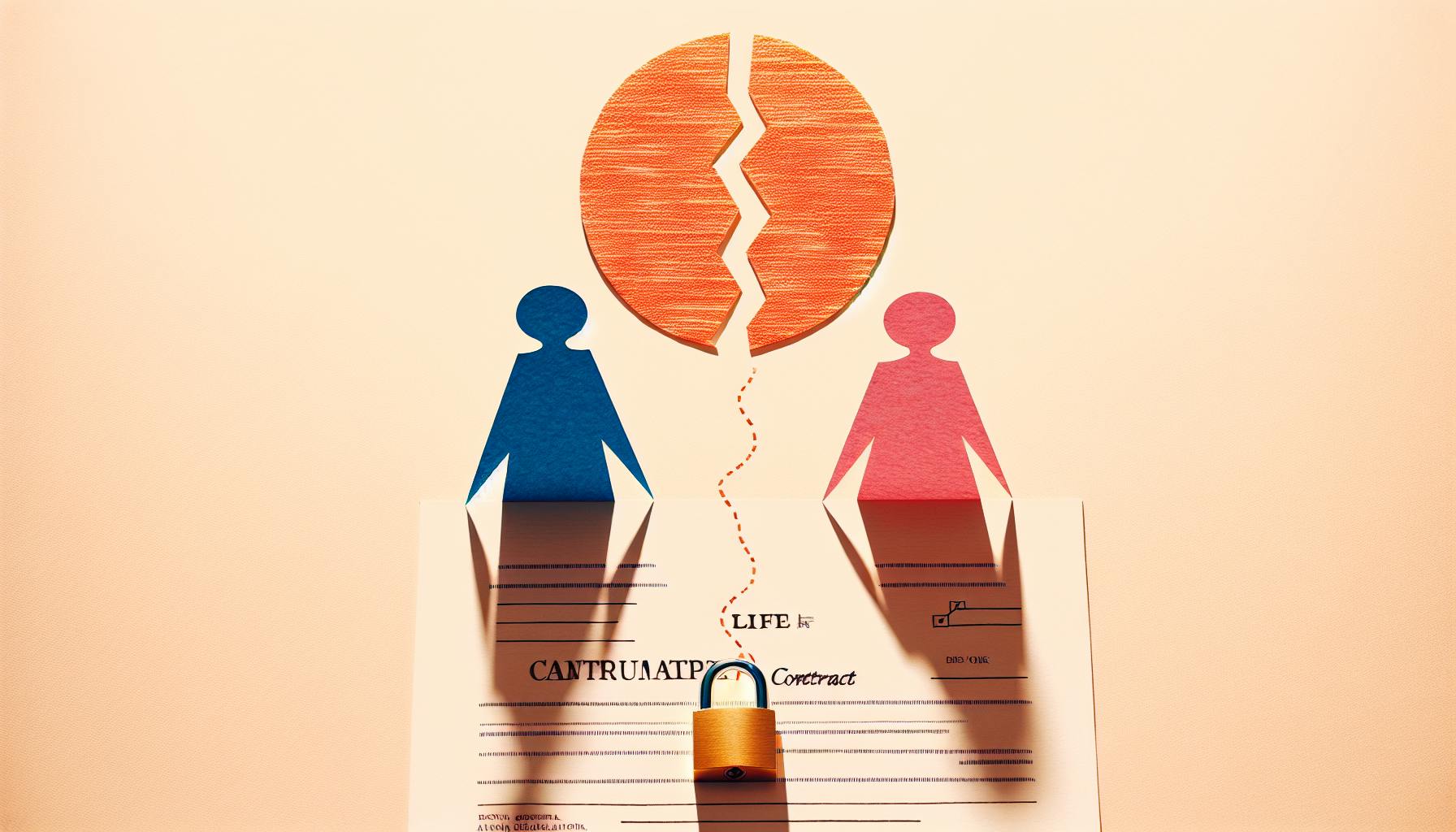Most can agree that the trial of Jack Ruby, the man who killed Lee Harvey Oswald, was a complex and controversial event.
This article will provide an in-depth look at Ruby's trial, from the legal proceedings to the conspiracy theories that emerged.
You'll learn about the charges brought against Ruby, the testimony and evidence presented in court, the verdict and sentencing, as well as the trial's aftermath and enduring legacy.
Introduction to the Jack Ruby Trial
The trial of Jack Ruby for the murder of Lee Harvey Oswald was a pivotal moment in the aftermath of the assassination of President John F. Kennedy. As the accused assassin of the president, Oswald's murder while in police custody two days later sparked numerous questions and theories about conspiracies and cover-ups in the JFK assassination.
Ruby's trial in early 1964 captivated the nation and world, seen by many as an opportunity to understand Oswald's motives and potential connections to larger plots. However, the short trial revealed little in terms of concrete evidence, with Ruby convicted of murder with malice and sentenced to death in the electric chair.
Ruby's conviction was later overturned due to procedural errors, but the chaotic trial left many doubts about the official explanations and government transparency around the events in Dallas in November 1963. The mysteries surrounding JFK's death continue to intrigue the public decades later.
The Assassination of President John F. Kennedy in Dealey Plaza
On November 22, 1963, President Kennedy was fatally shot while riding in an open-top presidential limousine through Dealey Plaza in downtown Dallas. First lady Jacqueline Kennedy and Texas Governor John Connally were also wounded in the attack. The president was rushed to Parkland Memorial Hospital but died within the hour.
The assassination stunned the nation and world, with nearly all initial evidence pointing towards Lee Harvey Oswald as the lone gunman firing from the sixth floor of the nearby Texas School Book Depository building.
Lee Harvey Oswald - The Accused Assassin and his Capture
Lee Harvey Oswald was a former Marine sharpshooter with Marxist views who had briefly defected to the Soviet Union before returning in 1962. He began working at the Texas School Book Depository in October 1963.
Oswald was seen fleeing the Depository building after the shots were fired and was confronted by Dallas police officer J.D. Tippit a short time later. Oswald shot and killed Tippit with a handgun before fleeing into a nearby cinema, where he was arrested.
Oswald denied shooting anyone, claiming to be a patsy or fall guy for the assassination. With substantial evidence against him, he was formally charged with murdering President Kennedy around 7 pm on November 22.
The Killing of Lee Harvey Oswald by Jack Ruby
As Oswald was being transferred under police guard through the basement of the Dallas police headquarters two days later, local nightclub owner Jack Ruby suddenly appeared in the crowd of reporters and shot Oswald in the abdomen at point-blank range around 11:20 am on November 24, fatally wounding him.
The murder was broadcast live on national television, causing shock and outrage across the country. Ruby was immediately detained at the scene as Oswald was rushed unconscious to Parkland Hospital, where he was soon pronounced dead on the operating table.
This raised suspicions of a larger conspiracy and cover-up in the JFK assassination, with Ruby silencing Oswald before he could reveal anything further. Ruby claimed he was distraught over the president's death and wanted to spare Jackie Kennedy the ordeal of a trial. But his underworld connections and the high-level plotting required sparked rumors of organized crime or government involvement in eliminating Oswald.
Jack Ruby's Arrest and the Dallas Police Response
Capturing the Killer: Ruby's Detainment
Jack Ruby was immediately detained by the Dallas Police after fatally shooting Lee Harvey Oswald. As Oswald was being transferred to the county jail, Ruby emerged from the crowd and shot him at point blank range with a .38 caliber Colt Cobra revolver. Ruby was subdued and taken into custody within minutes.
The Dallas Police acted swiftly in response to Ruby's public murder of the Kennedy assassination suspect. Ruby's impulsive act and the subsequent arrest highlighted deficiencies in the Dallas Police Department's security measures during Oswald's transfer.
Public Reaction in Dallas and Beyond
The murder of Lee Harvey Oswald broadcast live shocked the public nationwide. While some felt Ruby's actions brought justice, others worried of a larger conspiracy and the implications of vigilante justice.
The public reaction in Dallas itself remained relatively muted in the immediate aftermath. City leaders feared that Ruby's crime would cement Dallas' reputation as a violent city in the nation's consciousness.
Security Measures and the Dallas Police
The Dallas Police Department faced heavy criticism for failing to protect Oswald during the jail transfer. An investigation revealed major security lapses, as the police department was overwhelmed by the scale of events surrounding Kennedy's assassination.
To prevent another violent incident, Dallas Police tightened security measures. Additional uniformed officers were deployed downtown and strict access control was instituted at the police headquarters. The department reviewed its protocols to ensure the safety of suspects in custody and prevention of vigilante actions.
Legal Proceedings: Ruby v. State
Charges and Indictment in Texas
Jack Ruby was charged with murder for fatally shooting Lee Harvey Oswald. Ruby was indicted in Dallas County for murder with malice under Texas state law. The Dallas County District Attorney Henry Wade sought the death penalty. The indictment contained a single charge alleging Ruby did "voluntarily and with malice aforethought kill Lee Harvey Oswald by shooting him with a gun."
Ruby's Defense Team and Strategy
Ruby was represented by prominent Dallas attorneys during the trial, including Tom Howard, Bill Alexander, and Phil Burleson. The defense aimed to prove that Ruby was temporarily insane when he killed Oswald, hoping to avoid the death penalty. They built their case around Ruby's mental state, presenting medical records and expert psychiatric testimony.
Trial Testimony and Evidence Presentation
Both prosecution and defense focused heavily on expert medical testimony regarding Ruby's sanity. The state presented eyewitnesses to Oswald's shooting and Ruby's violent past behavior. The defense called psychiatrists and psychologists who found Ruby was in an impaired mental state when he shot Oswald. Neither side's medical experts could agree on a diagnosis. The jury had to weigh conflicting testimony.
Verdict and Sentencing by the Texas Court
The jury convicted Ruby of murder with malice, rejecting his plea of innocence by reason of insanity. They assessed his punishment at death in the electric chair. Ruby's lawyers appealed. In 1966, the Texas Court of Criminal Appeals overturned the conviction, ruling Ruby should have had a change of venue due to the excessive publicity.
sbb-itb-e93bf99
Exploring the Conspiracy Surrounding the Kennedy Assassination
The assassination of President John F. Kennedy was a pivotal moment in American history that sparked numerous conspiracy theories. Key figures like Jack Ruby and his alleged connections to organized crime raised questions about who was truly behind the president's murder.
Possible Mafia Involvement
Some theorists claim Ruby had ties to the mafia and killed Oswald under their orders to silence him. However, the true depth of these connections is unclear. The Warren Commission found no evidence of a broader conspiracy involving organized crime. Still, Ruby's background and acquaintances merit further scrutiny.
The Warren Commission and Its Findings
The Warren Commission concluded Ruby acted alone when he shot Oswald. They found no evidence linking Ruby to a larger conspiracy. However, critics argue they failed to fully investigate Ruby's connections. Records released later led some to question whether the Commission overlooked key evidence of collaboration.
The House Select Committee on Assassinations' Review
A later Congressional investigation concurred with the Warren Commission that Oswald acted alone. But they asserted evidence of a second gunman during the shooting, raising doubts of a broader plot. Yet they found no conclusive proof of organized crime or government complicity in Kennedy's death. Debate continues over what parties may have worked with Oswald.
In the decades since Kennedy's death, definitive proof of a conspiracy remains elusive. While Ruby's connections and true motives stay murky, no evidence confirms organized crime orchestrated a coordinated assassination effort. But lingering questions still fuel speculation of darker forces at work.
Aftermath and Legacy of the Ruby Trial
Ruby's Appeals and the Texas Court of Criminal Appeals
After being convicted and sentenced to death for Oswald's murder, Ruby appealed his conviction, claiming he was denied due process and a fair trial. His lawyers argued that the trial should have been moved out of Dallas due to the publicity surrounding the case. However, the Texas Court of Criminal Appeals upheld Ruby's conviction in October 1966.
Ruby continued to appeal, raising questions about his mental competency. After being diagnosed with cancer in prison in late 1966, appeals focused on letting him move to a hospital. However, he died before his appeals could be ruled on in January 1967.
Persistent Conspiracy Theories and Public Doubt
The Ruby trial and Kennedy assassination fueled numerous conspiracy theories over the decades. Some claim Ruby silenced Oswald on behalf of organized crime or government interests seeking to cover up the real story behind JFK's murder. The speed of Ruby's trial also raised doubts.
Polls over the years show most Americans believe Kennedy's murder resulted from a conspiracy rather than a lone gunman. The enduring doubts undermine trust in government and official accounts of what happened.
Lasting Impact on American History and Culture
The Ruby trial and Kennedy assassination left deep scars on the American psyche. The violent deaths of JFK and Oswald within 48 hours, broadcast live on television, traumatized the nation. The controversies also eroded Americans' confidence in their government.
The events still profoundly impact American culture. Hundreds of books, movies, TV shows explore various theories around the JFK assassination and Ruby trial. The secrets, mysteries, and tragedies continue enthralling new generations.
Conclusion: Reflecting on the Trial's Historical Significance
Key Takeaways from the Ruby Trial
The trial of Jack Ruby was a historically significant event that shed light on the circumstances surrounding the assassination of President John F. Kennedy. While many questions still remain, examining the trial provides some key conclusions:
-
Ruby's spontaneous murder of Lee Harvey Oswald prevented a full investigation into the Kennedy assassination conspiracy theories. With Oswald dead, the full truth about his potential co-conspirators may never be known.
-
The Warren Commission concluded that Ruby acted alone in killing Oswald, but critics argue key witnesses and evidence were ignored. Ruby's connections to organized crime have fueled doubts about him acting independently.
-
Ruby was convicted of murder and sentenced to death, but it was overturned due to procedural errors. Before a new trial occurred, Ruby died in prison of cancer. This prevented further examination of his motives.
-
The Kennedy assassination remains hotly debated, with the Ruby trial adding intrigue. While the official verdict pointed to Oswald as the lone gunman, inconsistencies in the evidence and investigation have led many to believe there is more to the story.
Ultimately, Jack Ruby's killing of Lee Harvey Oswald left many questions unresolved about the JFK assassination conspiracy theories. While the Ruby trial itself made history, its premature end ensured the full truth about what happened in Dallas in November 1963 may never come to light.


